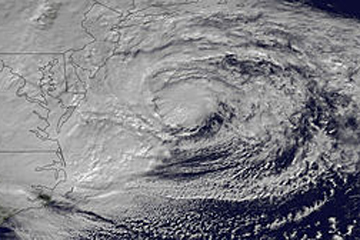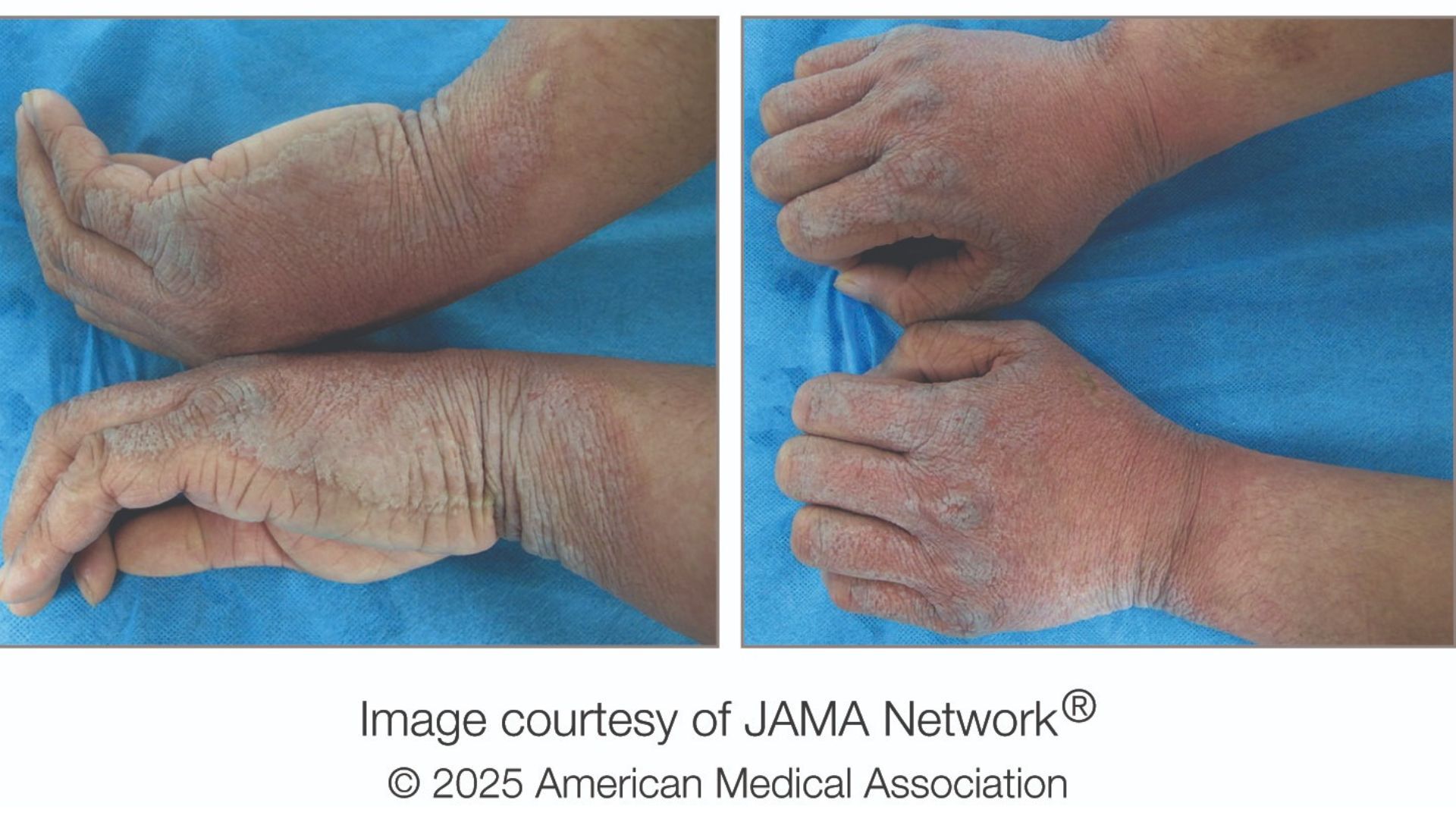One Year After Sandy, Depression Drops But Anger Rises, Poll Finds


One year after Hurricane Sandy, the psychological impact of the storm may be lessening for some, results from a new poll suggest.
Last year, there was a 25 percent increase in diagnoses of depression among adults living in the U.S. areas most affected by the storm (in regions of New Jersey, New York and Connecticut). Now, diagnoses of depression in those areas are back to the level they were at before the storm hit, about 10 percent, according to a poll from Gallup-Healthways. Diagnoses of depression in the rest of the United States remained about the same before and after the storm.
However, the percentage of residents reporting feeling angry over the past day has increased in the areas hardest hit by Sandy, from 12 percent before the storm, to 14 percent in the six weeks after the storm, to 16 percent one year later.
It's not possible to know the cause of the decrease in depression or increase in anger. The results could reflect emotional improvements, but continued frustration with the slow recovery efforts. Another possibility is that the demographics of the area changed, such that people with depression moved away from the area, or people without the condition moved to the area, according to Gallup-Healthways.
Get the world’s most fascinating discoveries delivered straight to your inbox.

Rachael is a Live Science contributor, and was a former channel editor and senior writer for Live Science between 2010 and 2022. She has a master's degree in journalism from New York University's Science, Health and Environmental Reporting Program. She also holds a B.S. in molecular biology and an M.S. in biology from the University of California, San Diego. Her work has appeared in Scienceline, The Washington Post and Scientific American.


